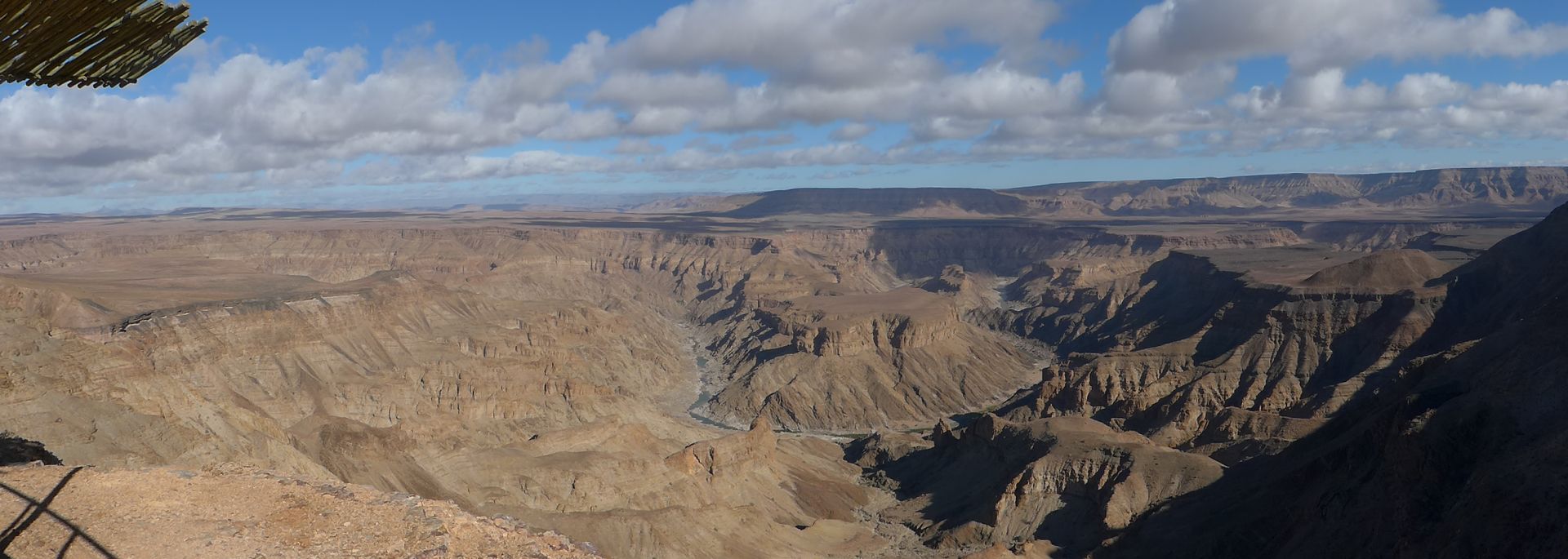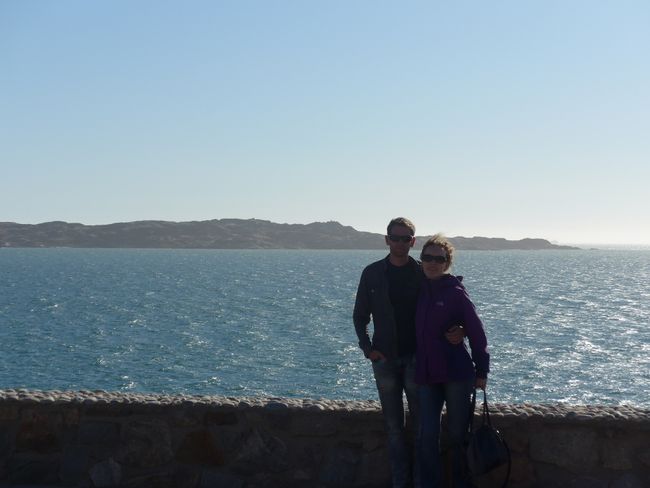City Tour Ubud - Artists' Town (Bali Part 4)
Ebipụtara: 20.09.2018
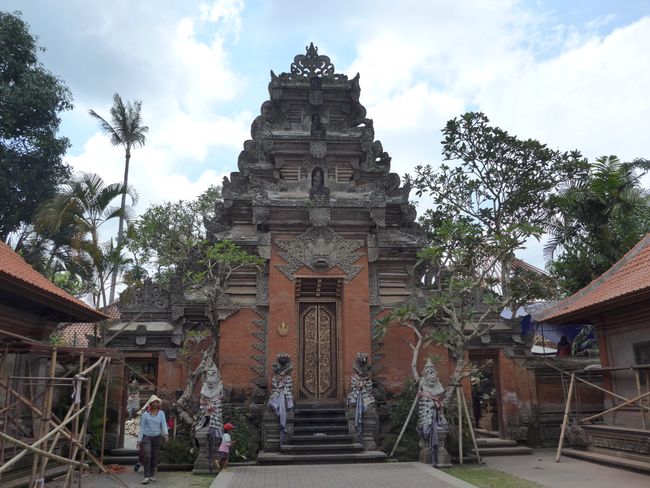
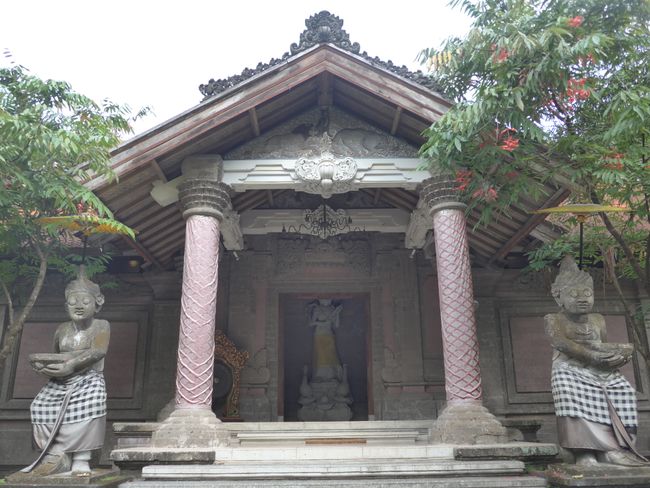
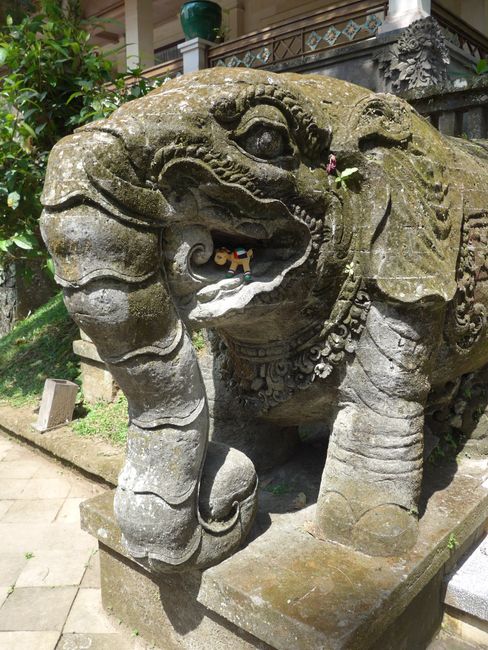
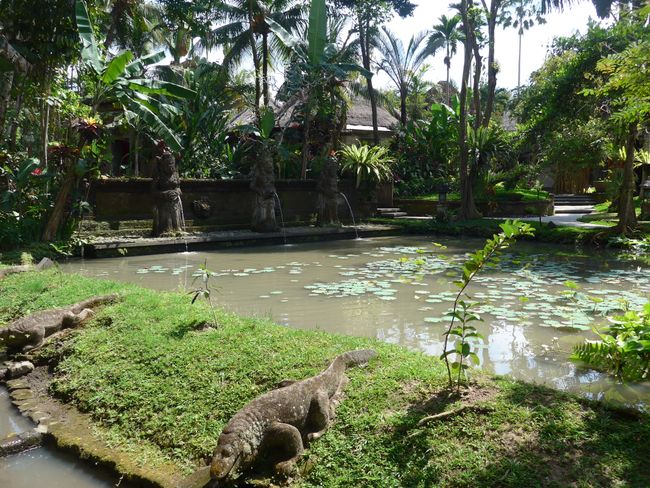
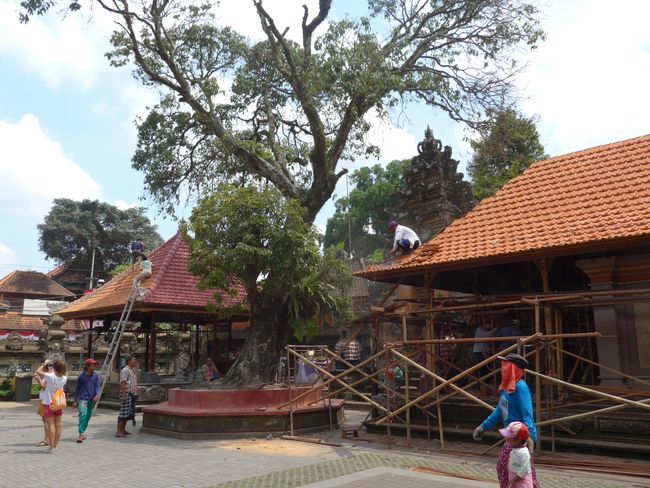
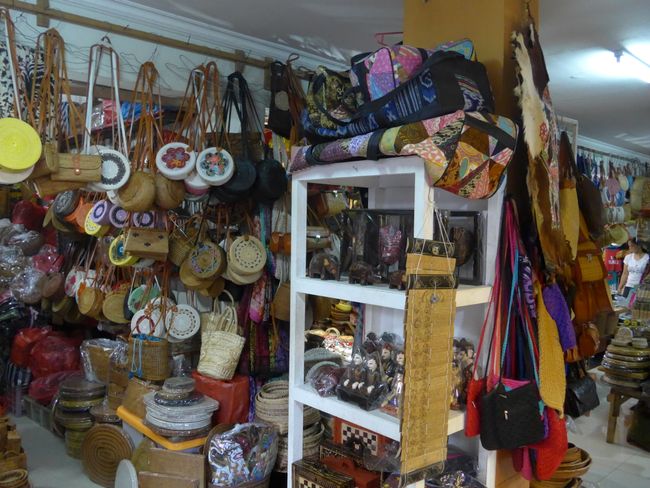
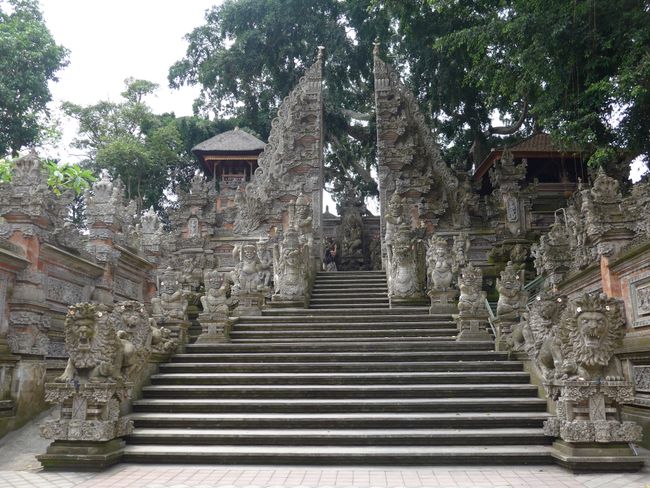
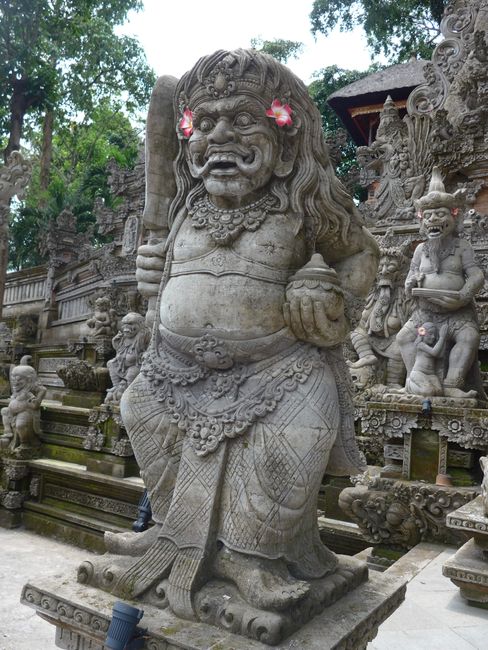
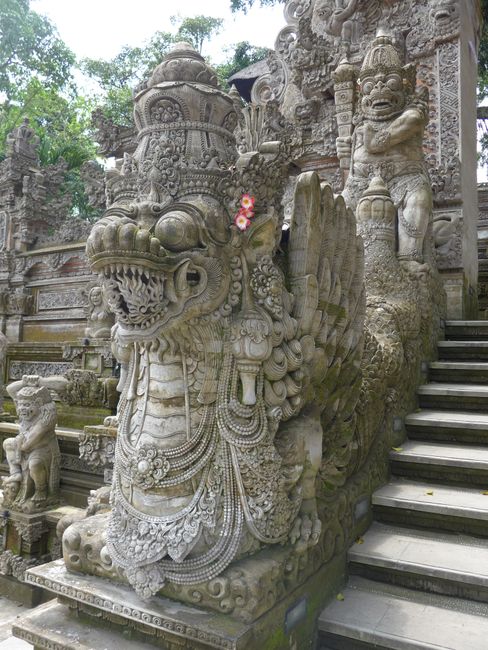
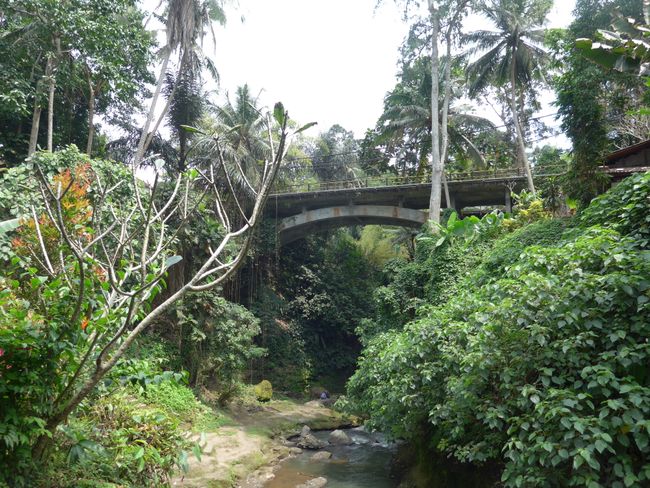
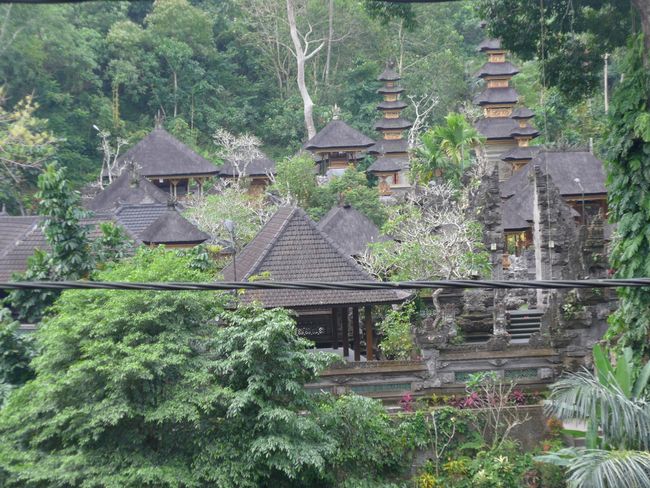
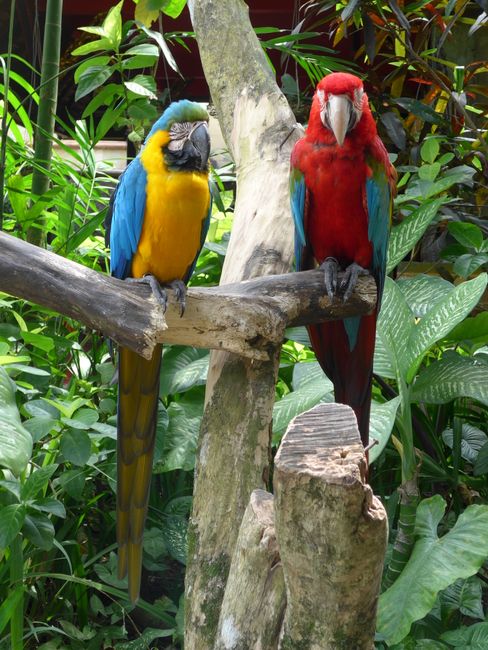
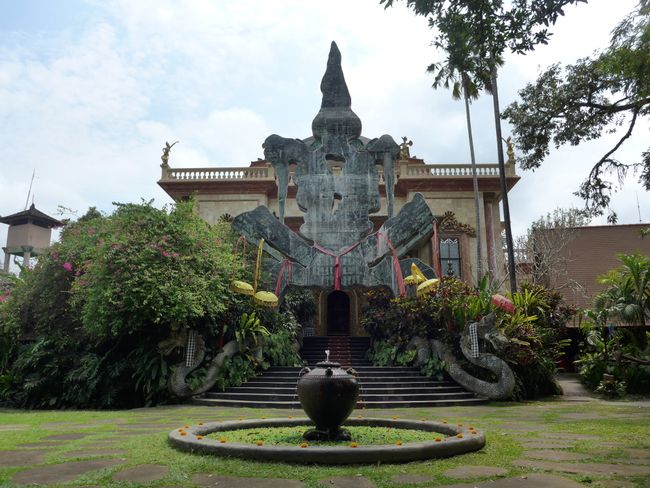
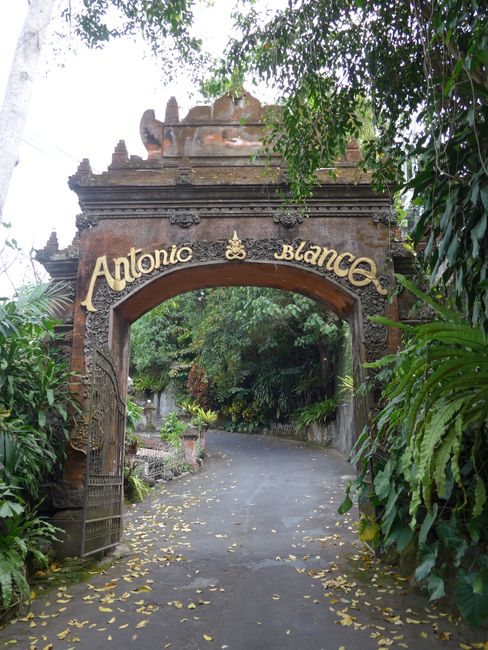
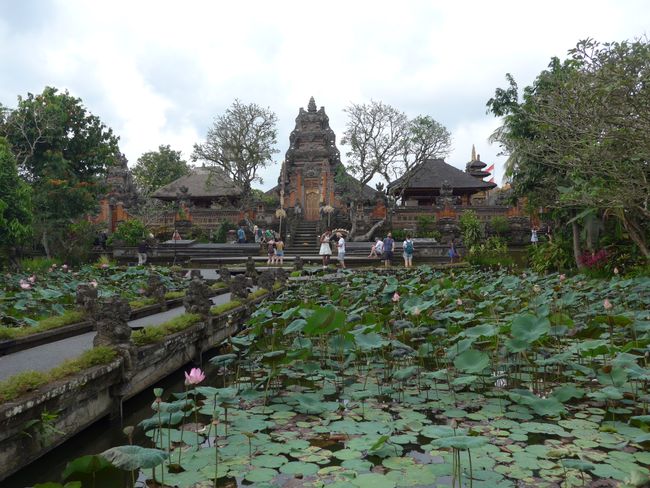
Debanye aha na akwụkwọ akụkọ
Ubud, as a former royal seat, is the center of art in Bali. In the first half of the 20th century, many artists from Europe and Indonesia were attracted to settle here with the support of the king. The most famous painter was Walter Spies, who, although relatively unknown in Europe, is still a celebrity in Bali.

ARMA
Today, we followed in the footsteps of some artists who worked in Ubud. First, we visited ARMA (Agung Rai Museum of Art), where Balinese and Indonesian paintings, including those by European artists residing here, are exhibited.
Agung Rai is a wealthy art collector who wanted to make his paintings accessible to the public, so he created a museum for his collection.
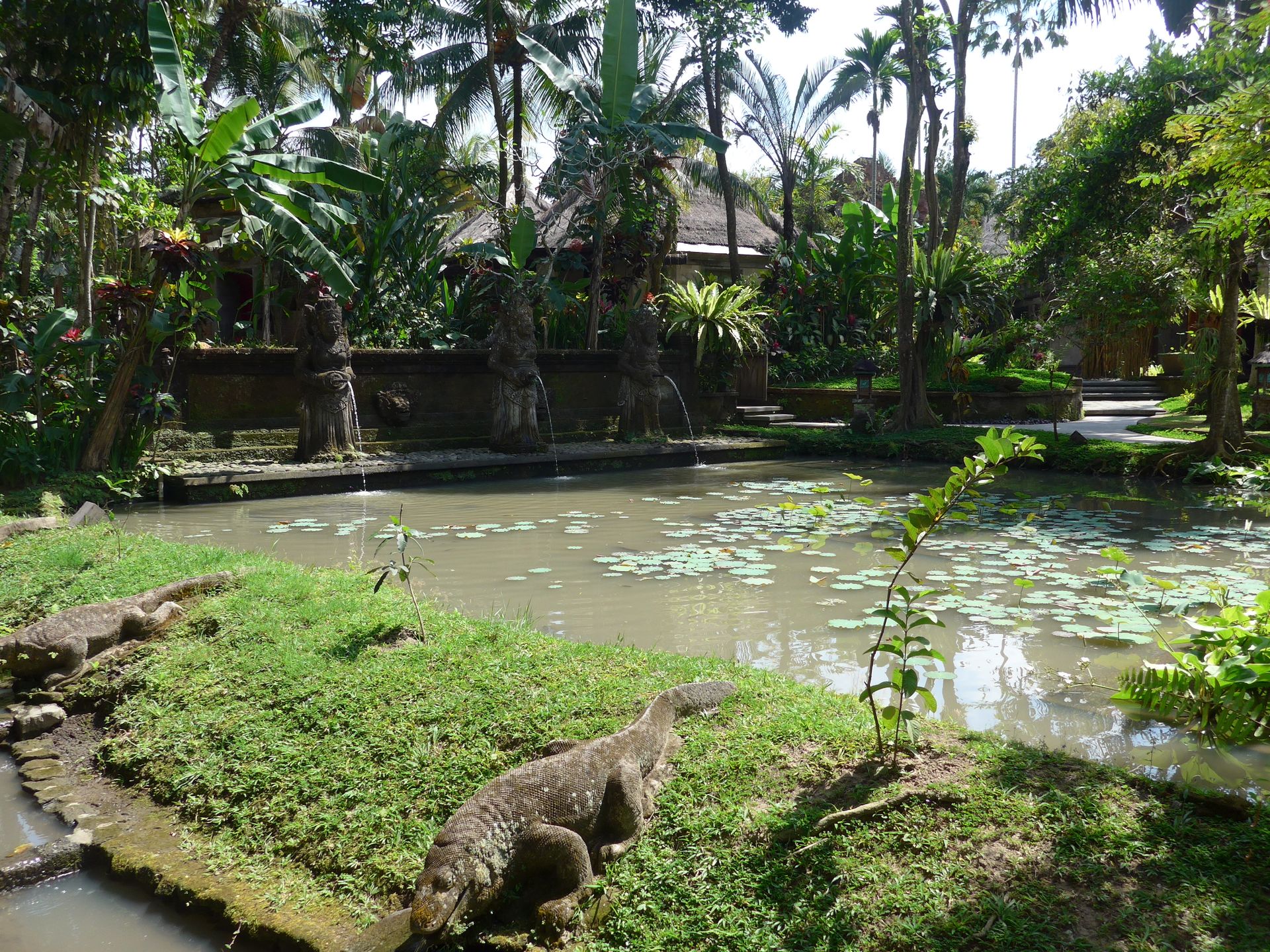
You can not only admire the paintings there, but also the architecture and garden of the museum. After visiting the exhibition rooms, we also saw the water garden and a small rice field, both incorporated into the adjacent resort and accessible directly from the museum complex.
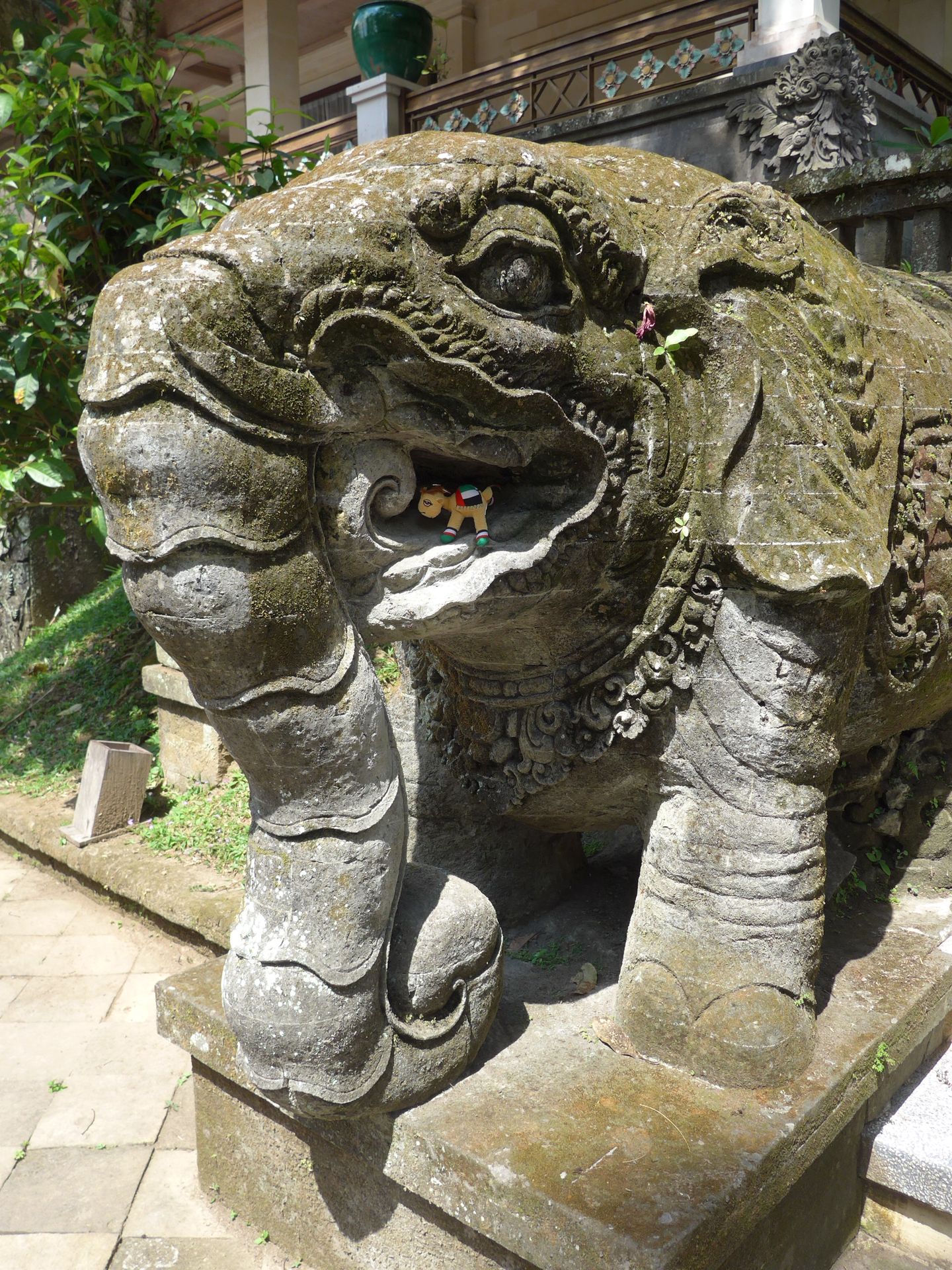
Even the camel that has been with us since Dubai was with us today.
Afterwards, we went to Ubud Palace, which is still inhabited by descendants of the royal family, although there has been no king of Bali since the establishment of the Republic of Indonesia.
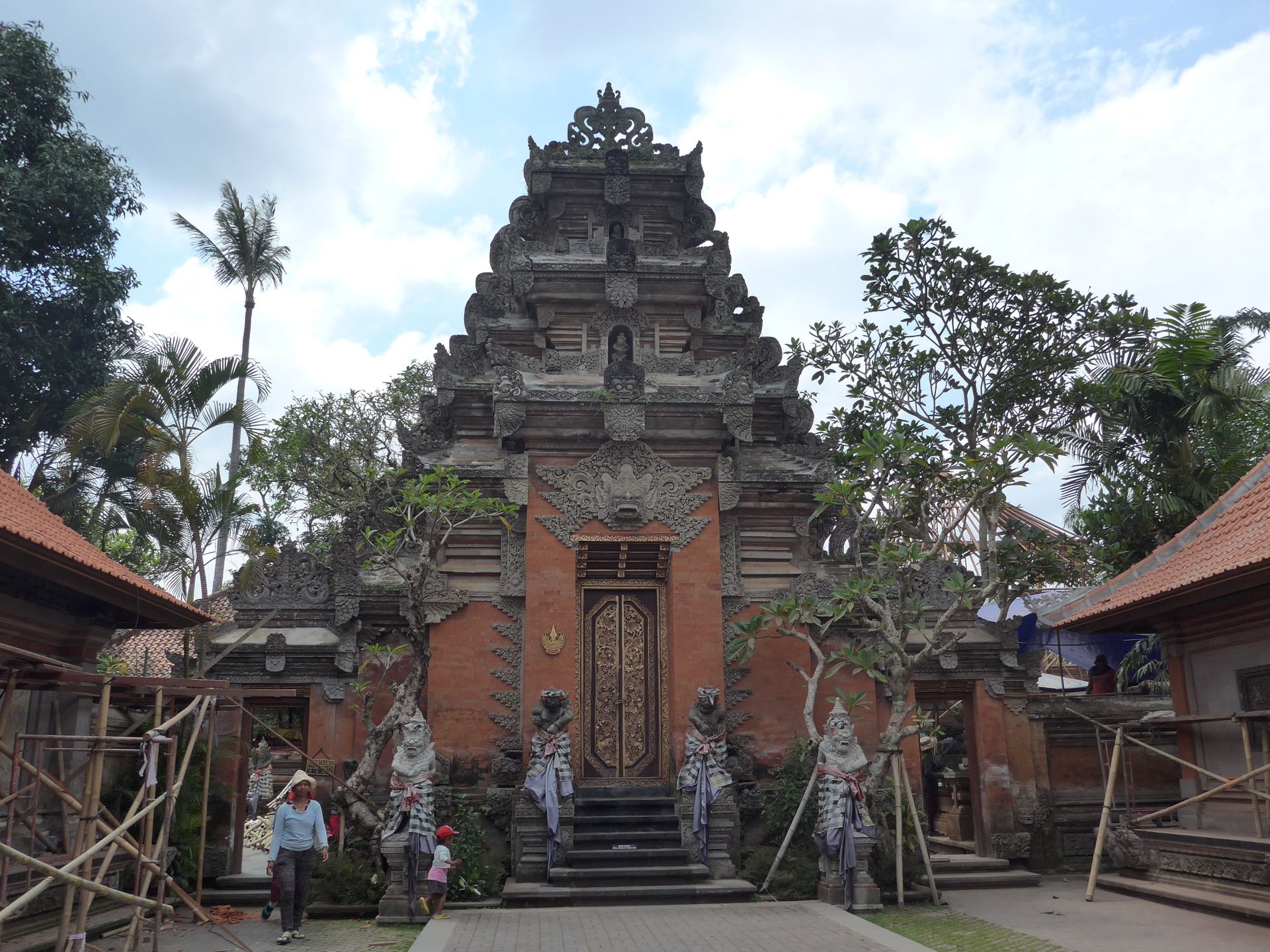
Ubud Palace
You can visit a small part of the palace, which is currently even smaller as it is being renovated. So we walked through the entrance area in the midst of construction work, and roof tiles fell to the ground right next to us...
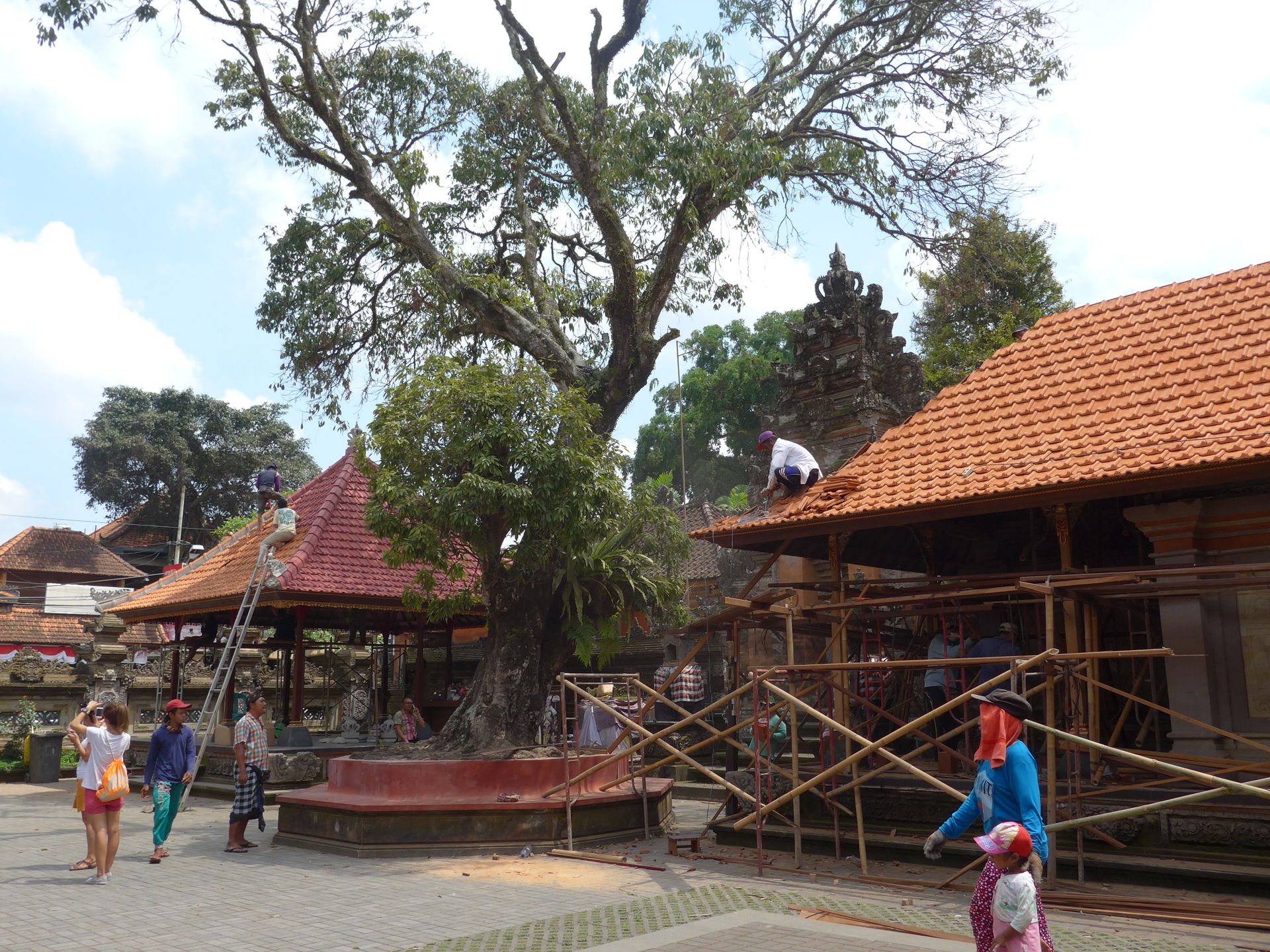
Right across from the palace is the Ubud market, where an abundance of traders want to sell their goods to tourists. Similar to Turkish bazaars, the initially mentioned price is outrageously expensive, and a low counteroffer is almost interpreted as a personal insult. We considered buying a sarong for temple visits but eventually decided against it due to the shameless sales practices of the traders.
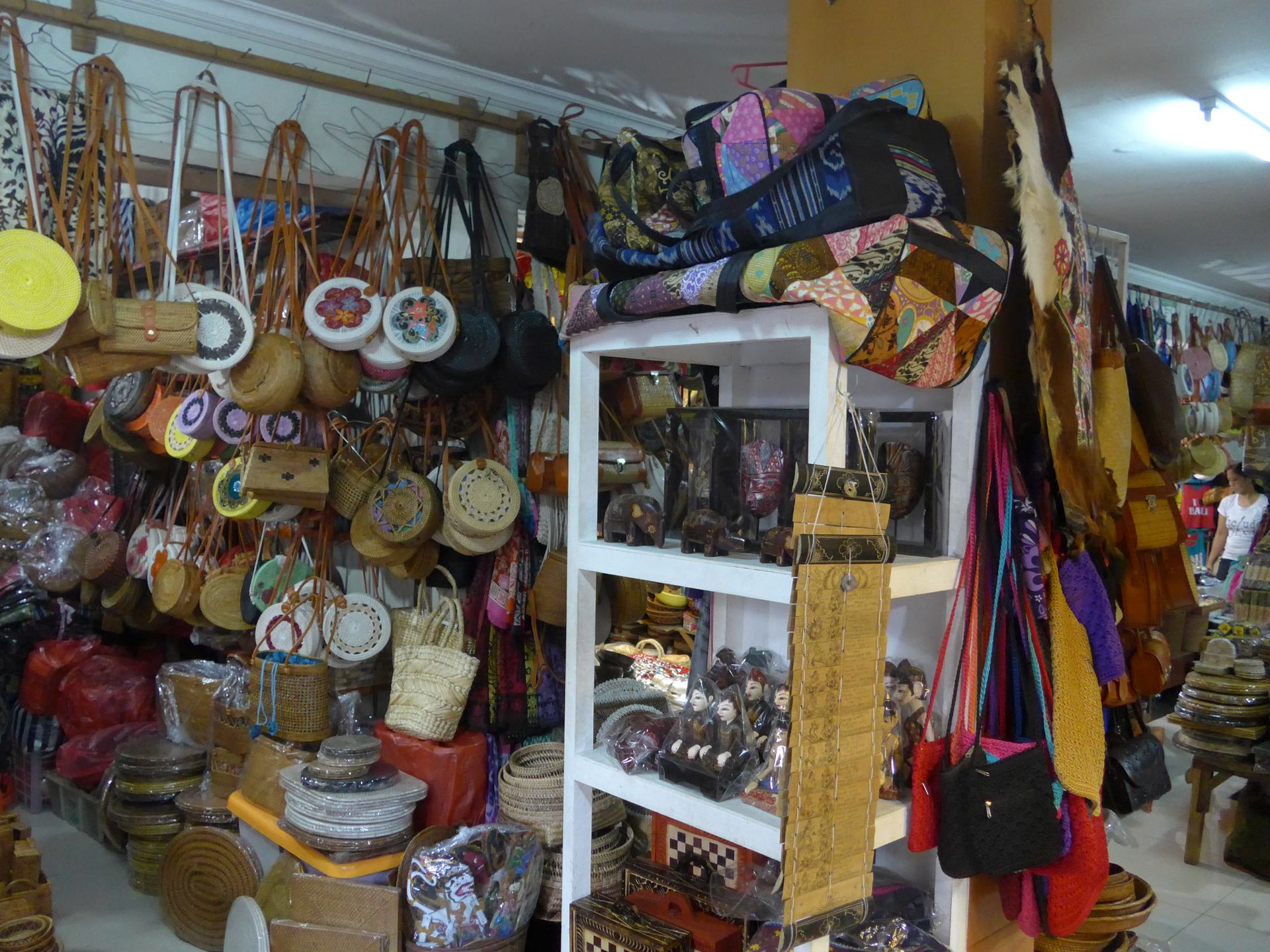
Nevertheless, we were able to visit the Dalem Temple because sarongs and scarves were available for rent at the entrance. Hindu temples can only be entered properly dressed, which means wearing a traditional sarong with a scarf as a belt and, if you are a man, a cloth tied around your head.
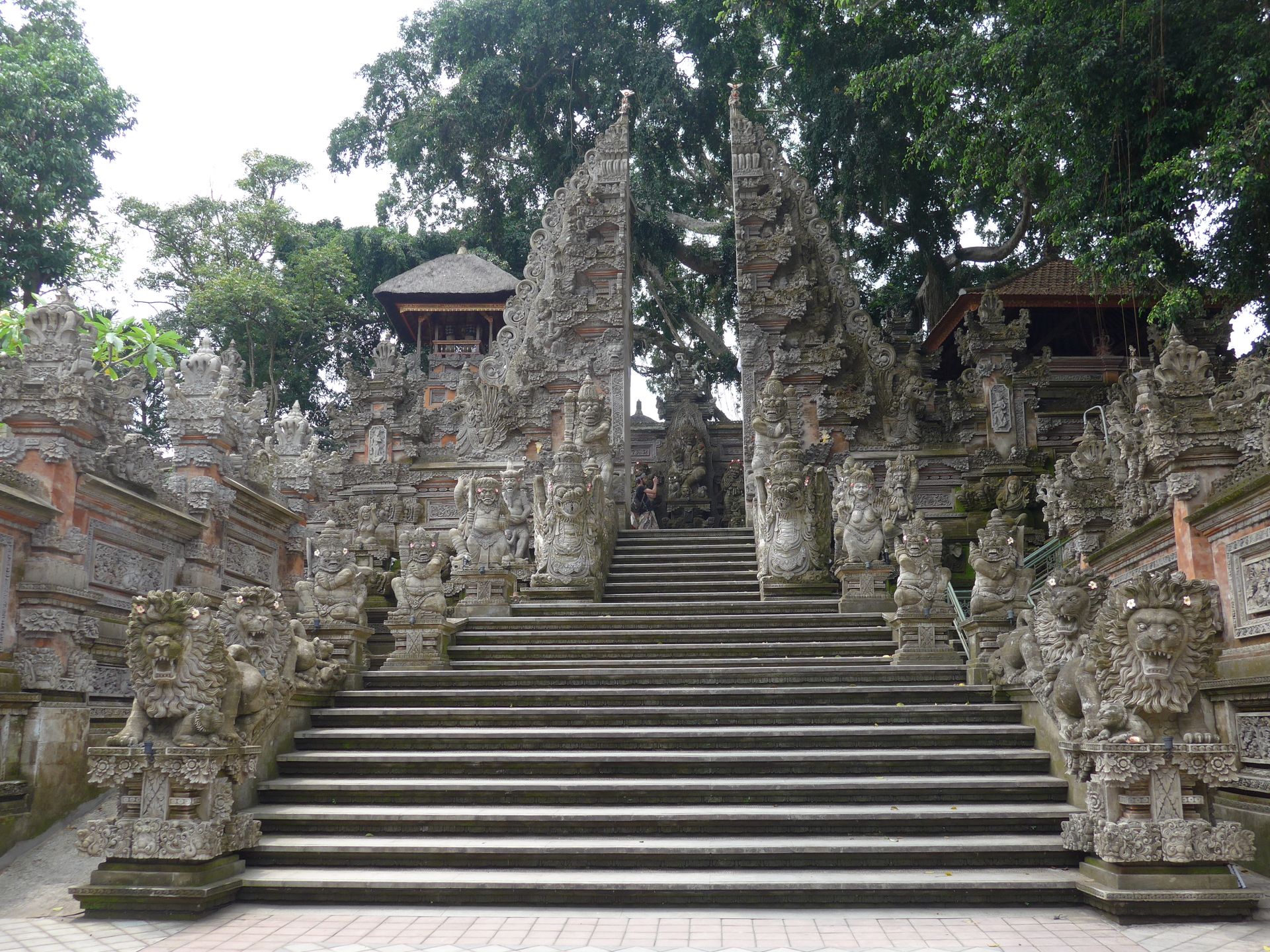
Entrance to Pura Dalem
There were numerous demon statues in the temple complex, decorating the temple walls.
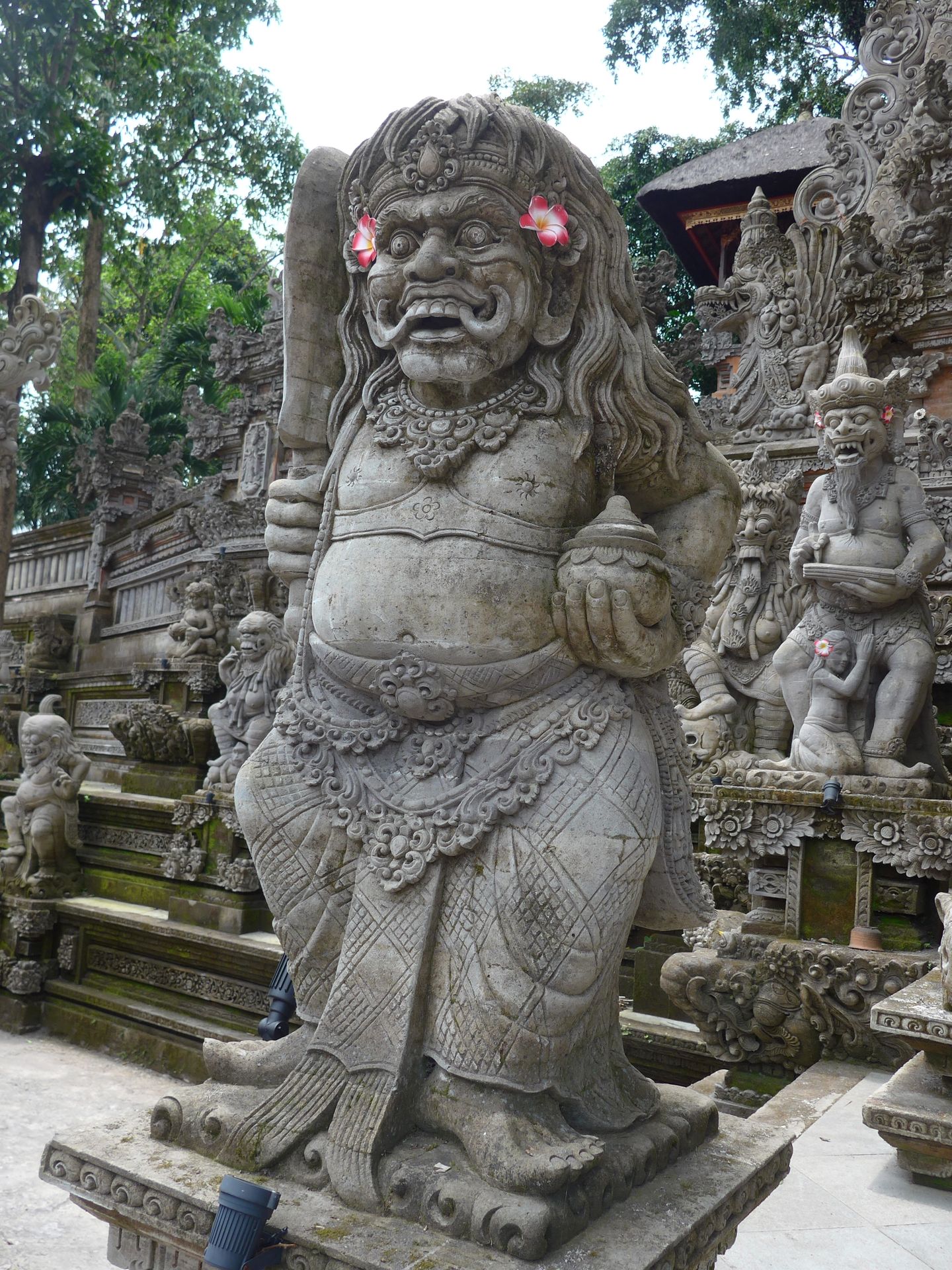
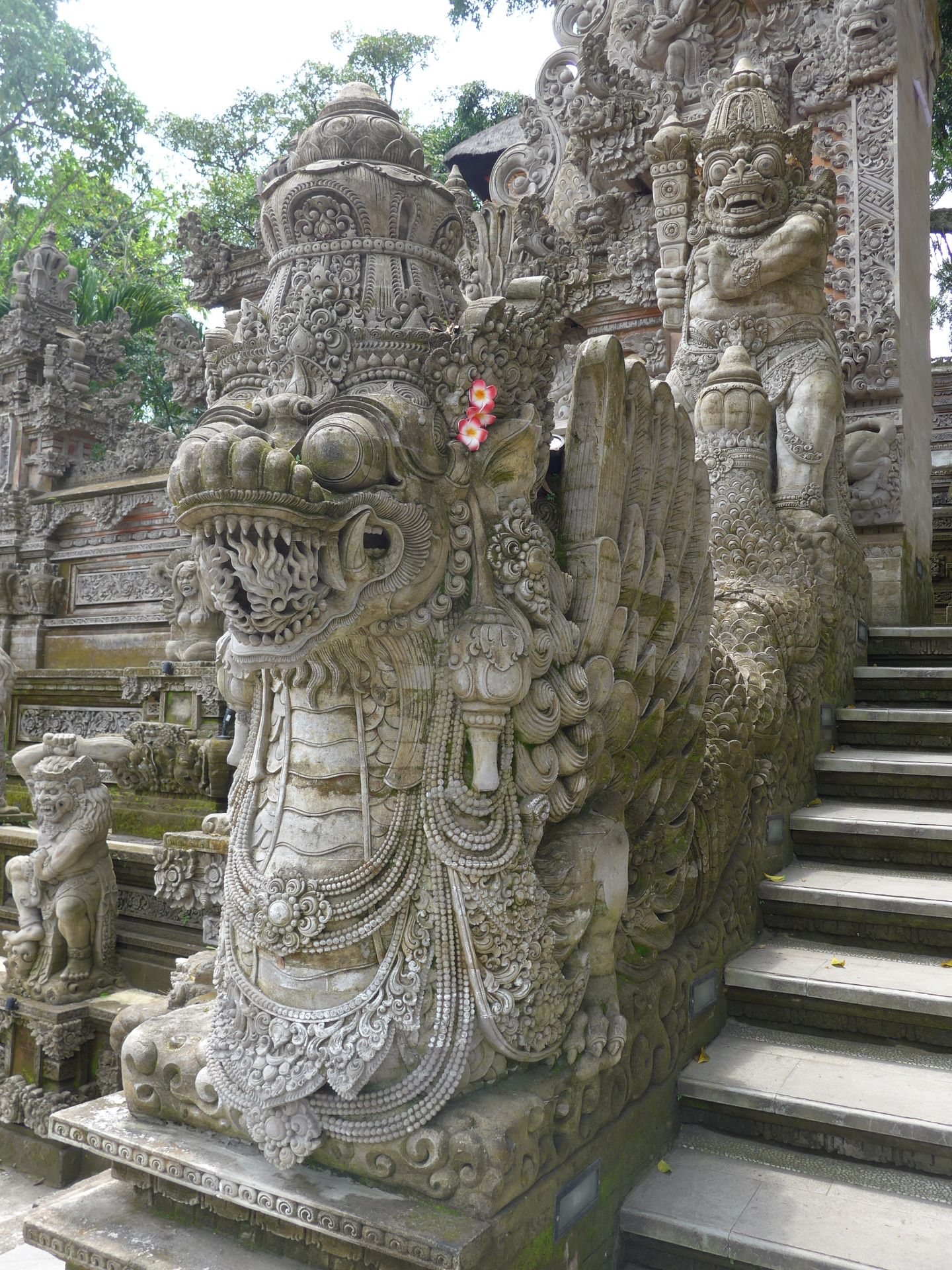
Past the Gunung Lebah Temple, which dates back to the 8th century but unfortunately is not accessible to visitors, we went down a steep staircase into a gorge where we could see the confluence of the Uo River with a small stream.
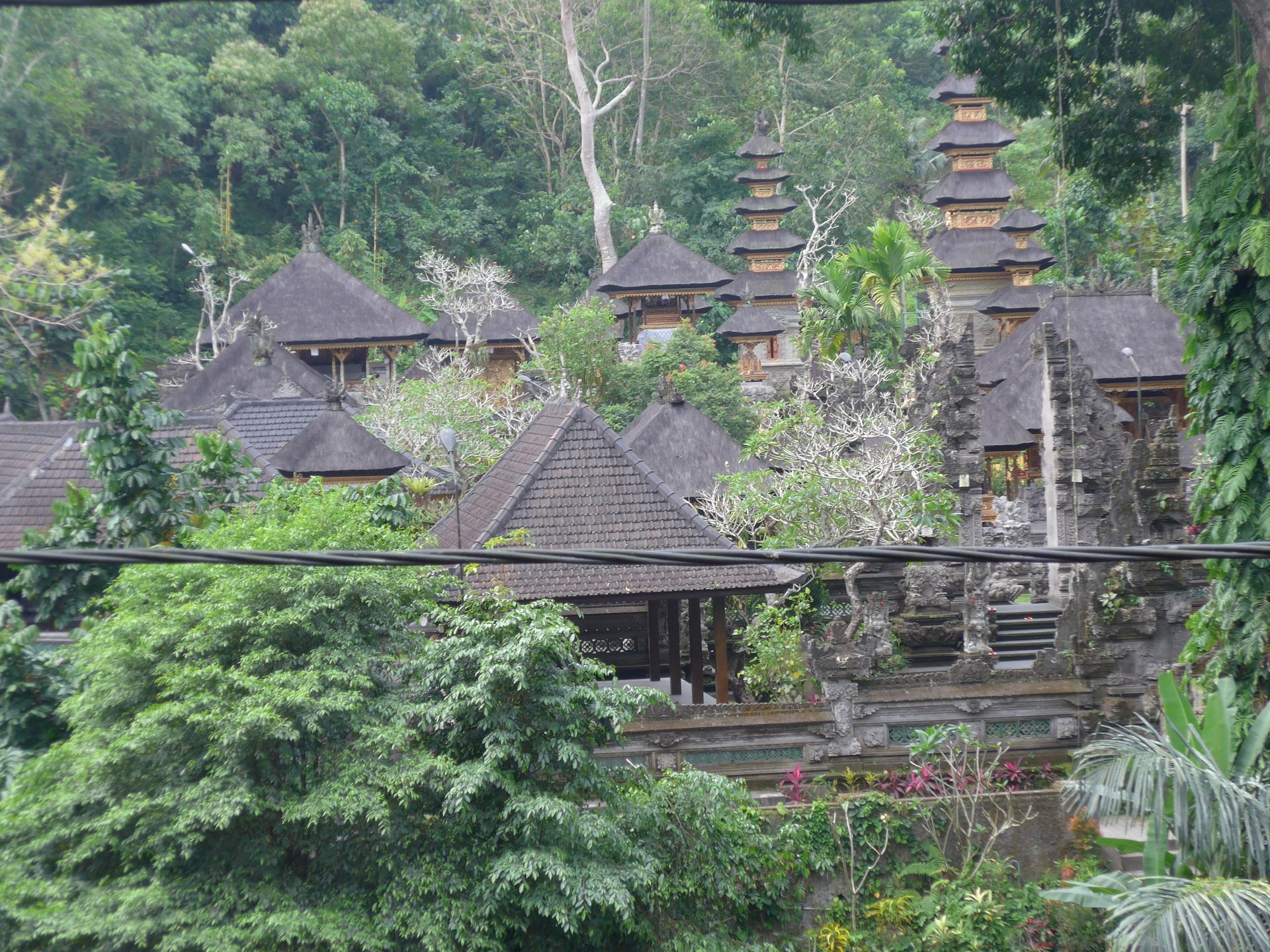
Gunung Lebah Temple
This place is considered the 'kiss' of two water flows and is therefore regarded as magical and energetic. We had to cross a rickety and narrow bamboo bridge to reach the other bank and the stairs back to the road...
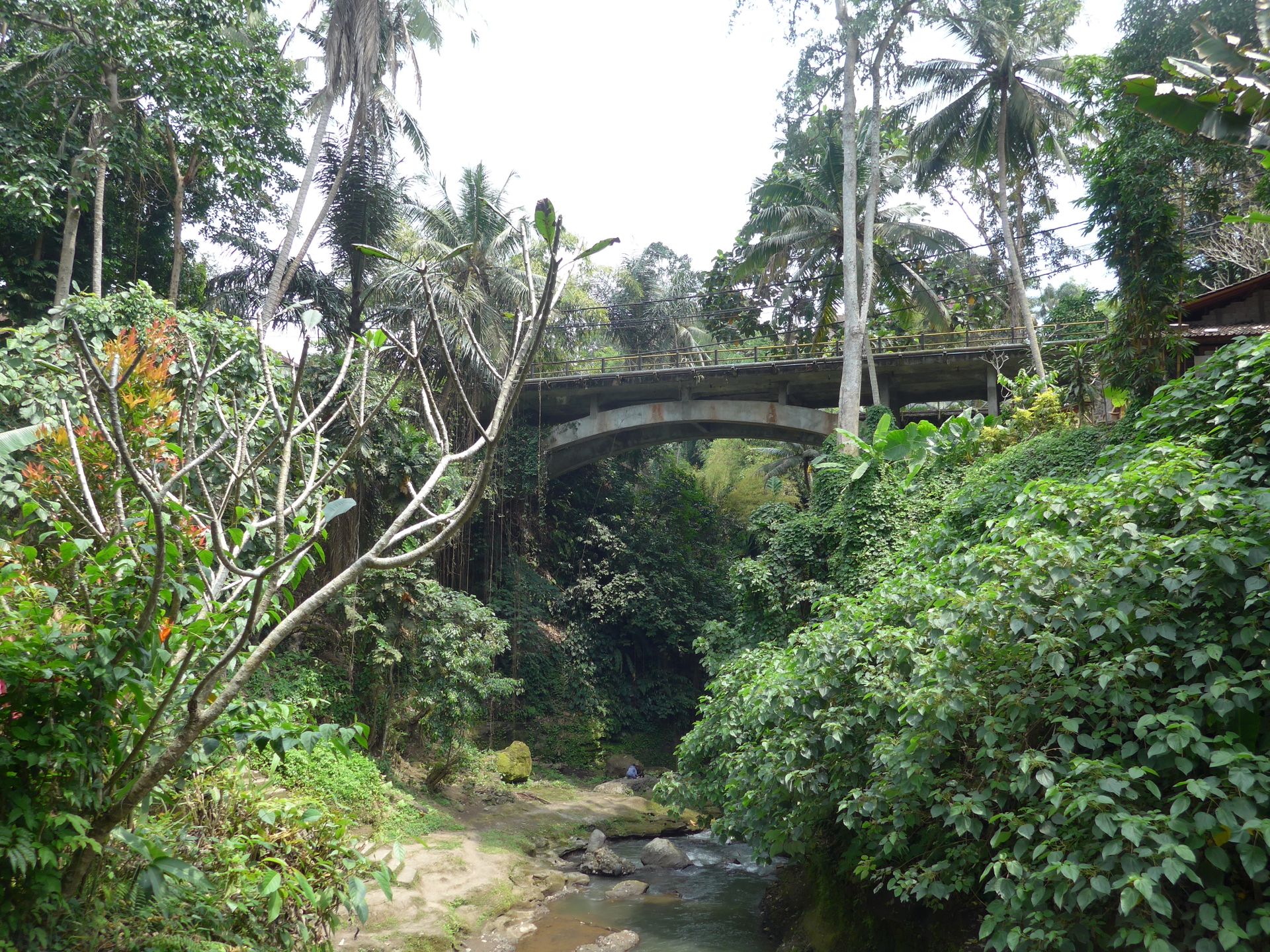
There, we continued our artistic exploration and visited the 'Blanco Renaissance Museum,' which showcases works by the eccentric and self-absorbed painter Antonio Blanco and his son Mario.
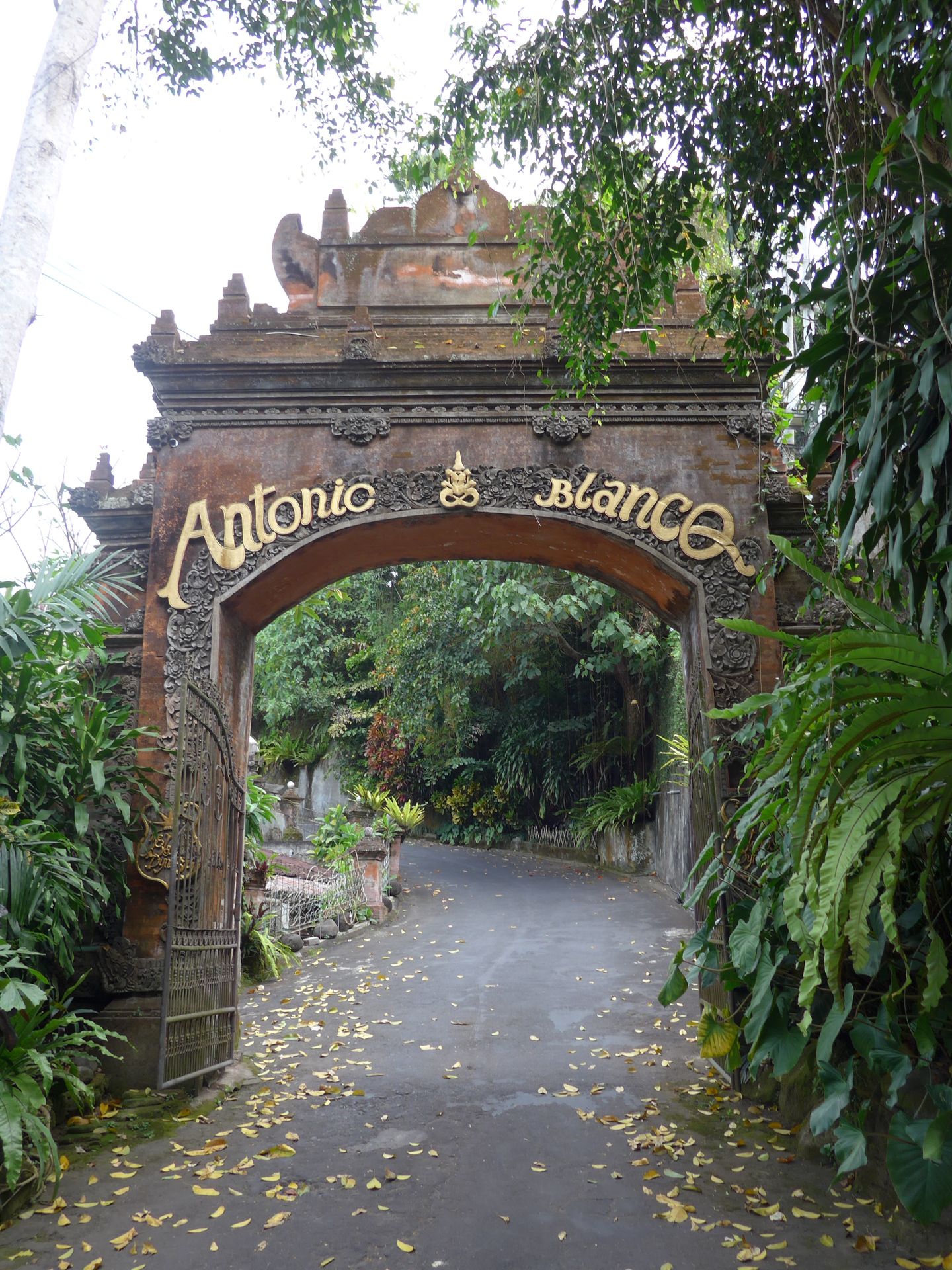
In the entrance area, we were initially greeted by loudly screaming parrots and other birds that you could also have sit on your arm for a photo.
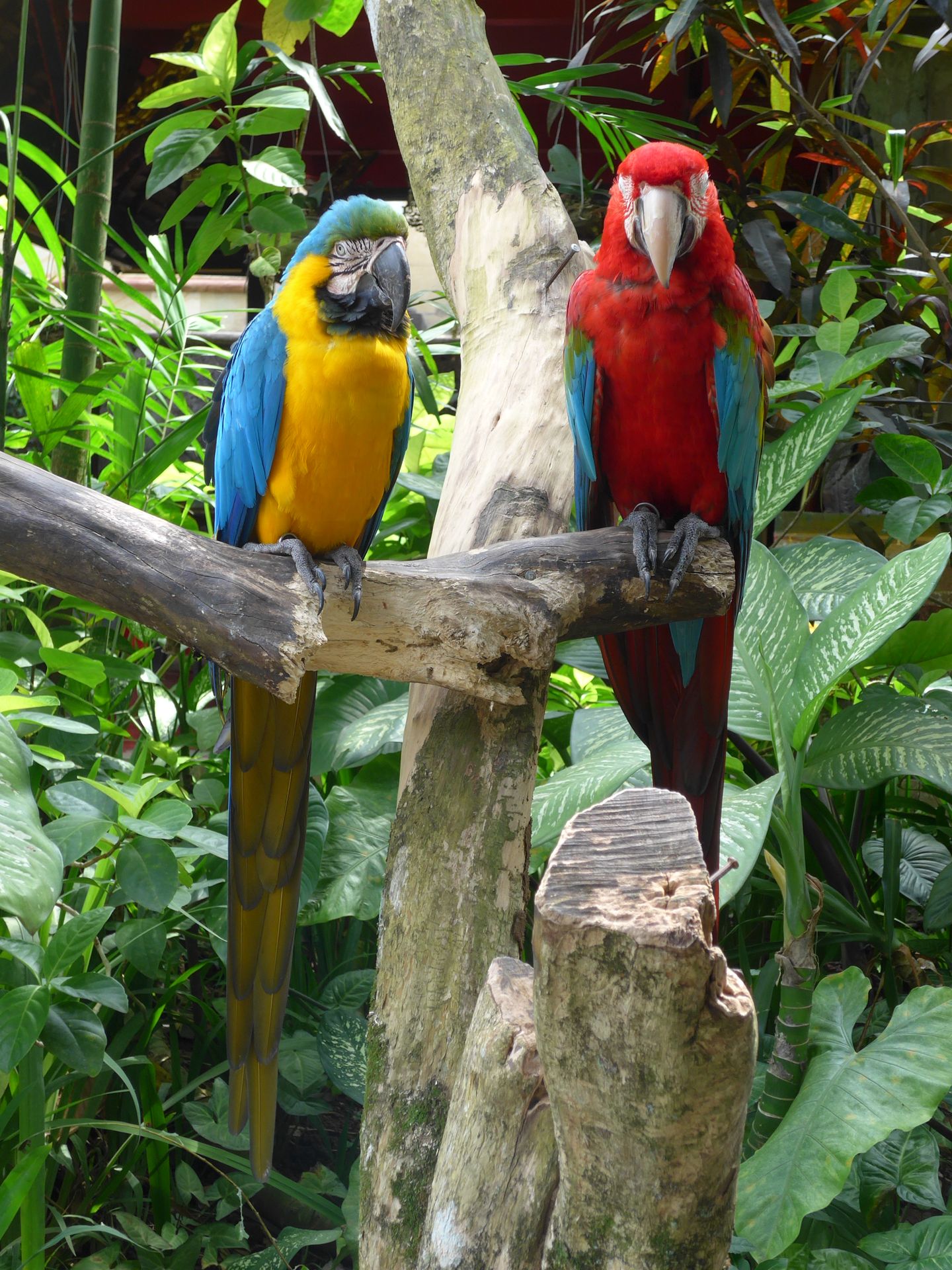
Antonio Blanco is also referred to as the 'Dali of Bali' and, in his self-presentation, is reminiscent of the Catalan surrealist, with whom he also shares his homeland. Later, he married a Balinese dancer and stayed on the island, where he worked as an artist.
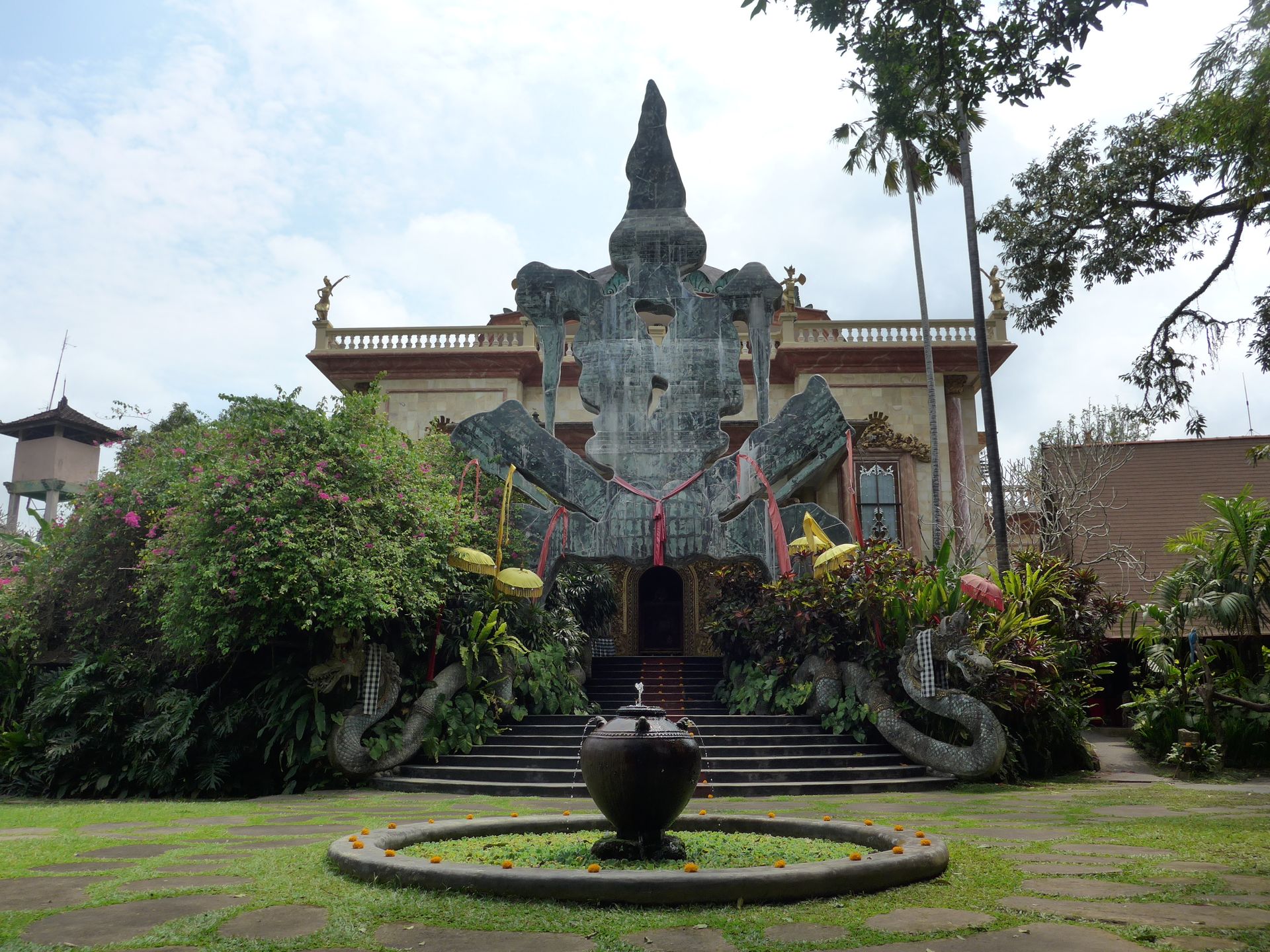
Blanco Renaissance Museum
On the way back, we briefly stopped at Taman Kemude Saraswati Temple, which is located behind a large lotus pond. It is dedicated to the goddess Saraswati, who is responsible for science, art, and literature - a fitting end to our tour of Ubud.
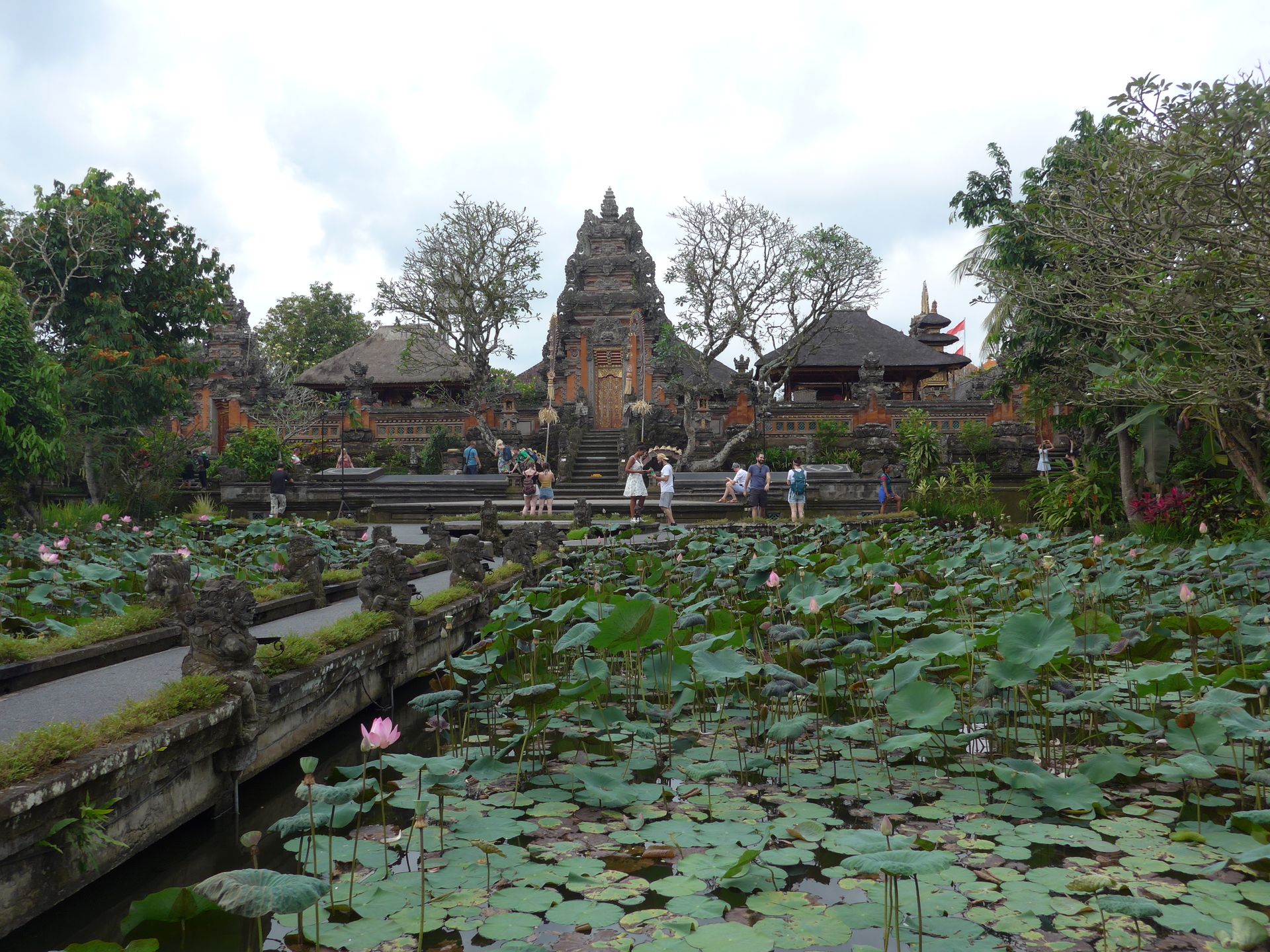
Debanye aha na akwụkwọ akụkọ
Zaa
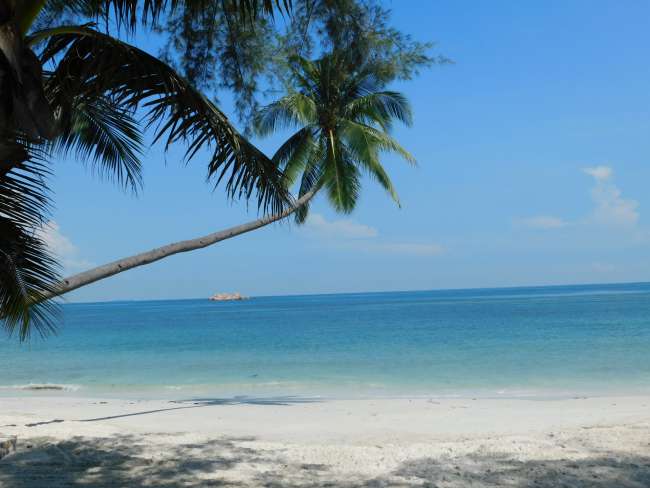
Akụkọ njem Indonesia
